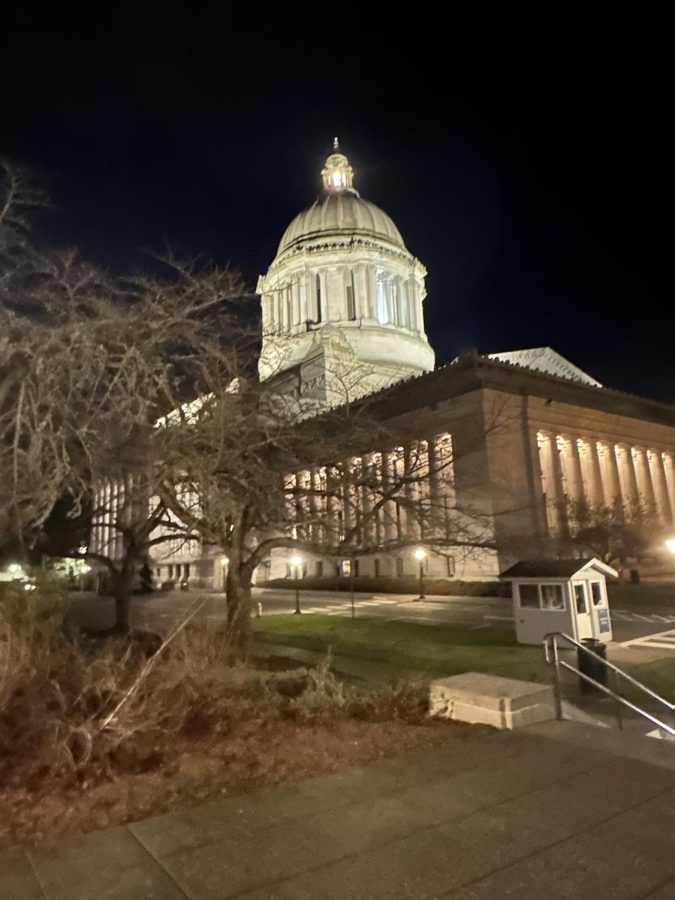The Case for Inclusive Education
February 25, 2023
Disclaimer: This article was prepared in my personal capacity. While the Legislative Youth Advisory Council is in full support of SB 5441, the opinions expressed in this article are my own and do not reflect the views of the council.
What is inclusive education? Some may tell you it is a means to divide; a devious scheme meant to convince young white boys to hate themselves and young people of color that they are oppressed. After all, this is the United States of America! How could the melting pot of the world have something as ugly and grotesque as racism or oppression? How dare schools teach children about the sins of our past that surely have no need to be rehashed? How dare we teach our children to hate America?
While I sat in Hearing Room 1 of the John A. Cherberg building at the state capitol, I confess my eyes rolled at some of the similar arguments that testifiers had against SB 5441, a bill that promotes diverse and inclusive curriculums. Half of the time, the con testimonies felt like personal attacks as I, along with four other students on the Legislative Youth Advisory Council, were the ones that created the original version of the bill before Senator Claire Wilson and her team helped us formalize the bill to be officially introduced. We like to call the bill our baby.
We had the chance to speak our minds for why we believed in the bill and all the good that it could do and what followed were both exciting and invigorating endorsements from powerful organizations like OSPI and individuals who believed in the bill just like us along with person after person who claimed that the bill was a deceptive effort to use words like “diversity”, “inclusion”, and “equity” to create divisions based on race, ethnicity, and gender. A reference to Nazi-ism in regard to the bill left many in the room stunned.
The truth is inclusive education is not a threat to anybody. But what is harmful is the hostility and ignorance that students and staff face every day at school. There are statistics to back up that having curriculums that are not Eurocentric and center underrepresented voices increase the self-esteem of young people of color and even have the power to improve GPAs and increase graduation rates. LGBTQ+ students in schools that have adopted inclusive curriculums have also reported experiencing fewer homophobic remarks and have felt safer in school compared to LGBTQ+ students in schools that have not adopted inclusive curriculums.
Inclusive education is seeing yourself reflected in the historical figures we learn about in history. It is reading books and poetry from authors who not only know about but have the experience of being a marginalized person in the United States and in other countries. It is giving all students an expanded world view and exposure to experiences different from theirs. It encourages empathy and understanding to help us create more welcoming school environments to ensure all students have a safe place to learn.







